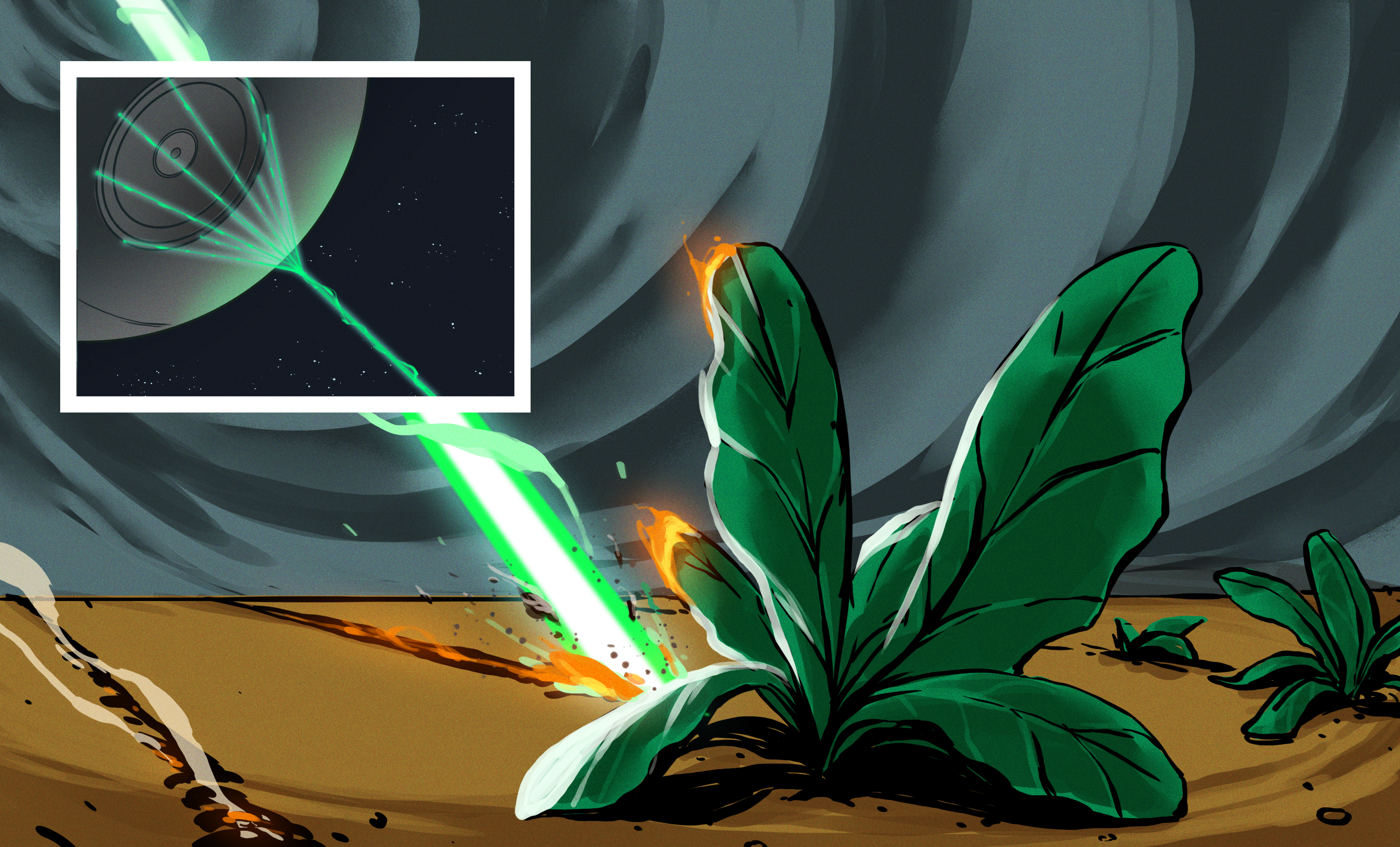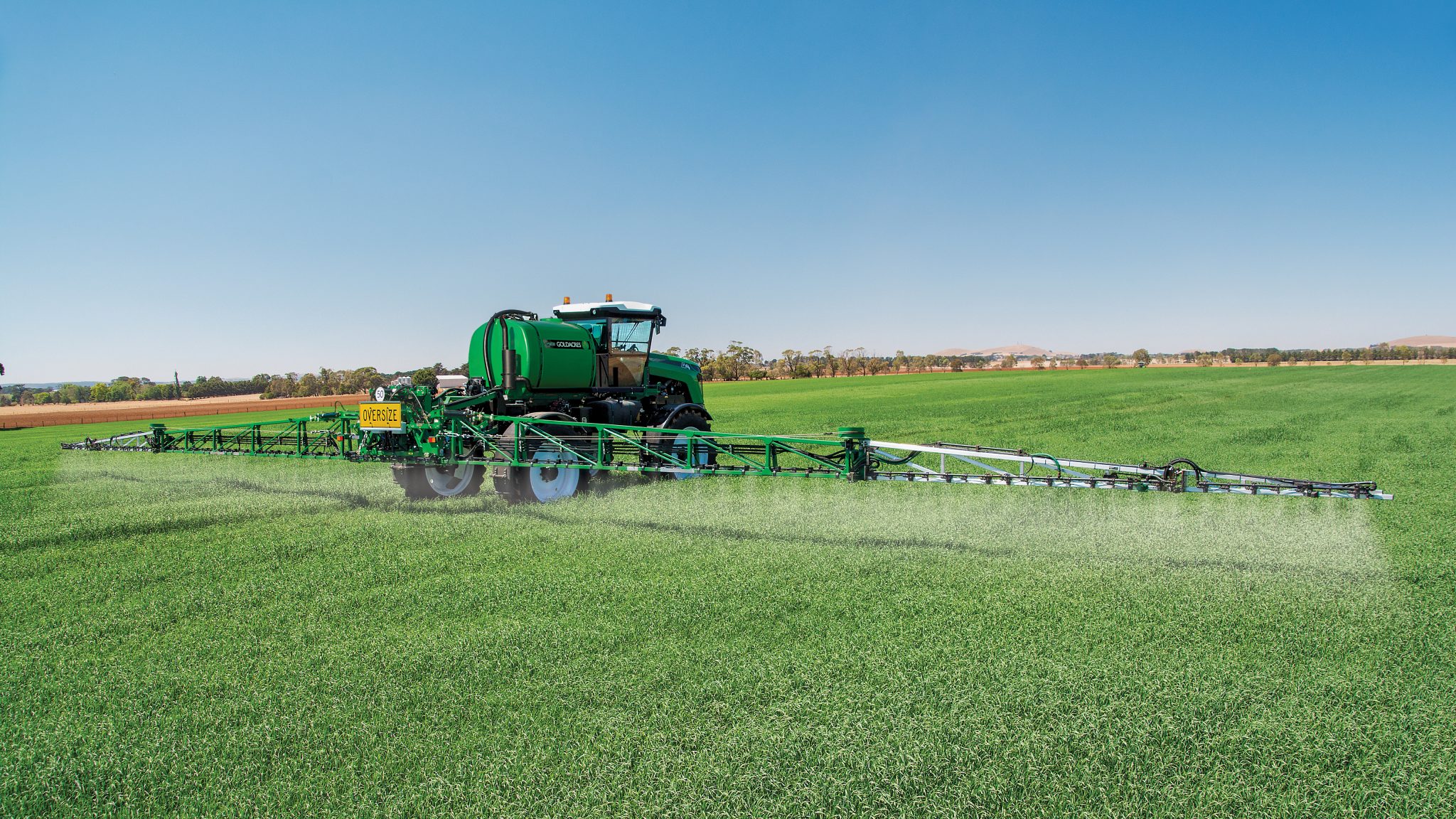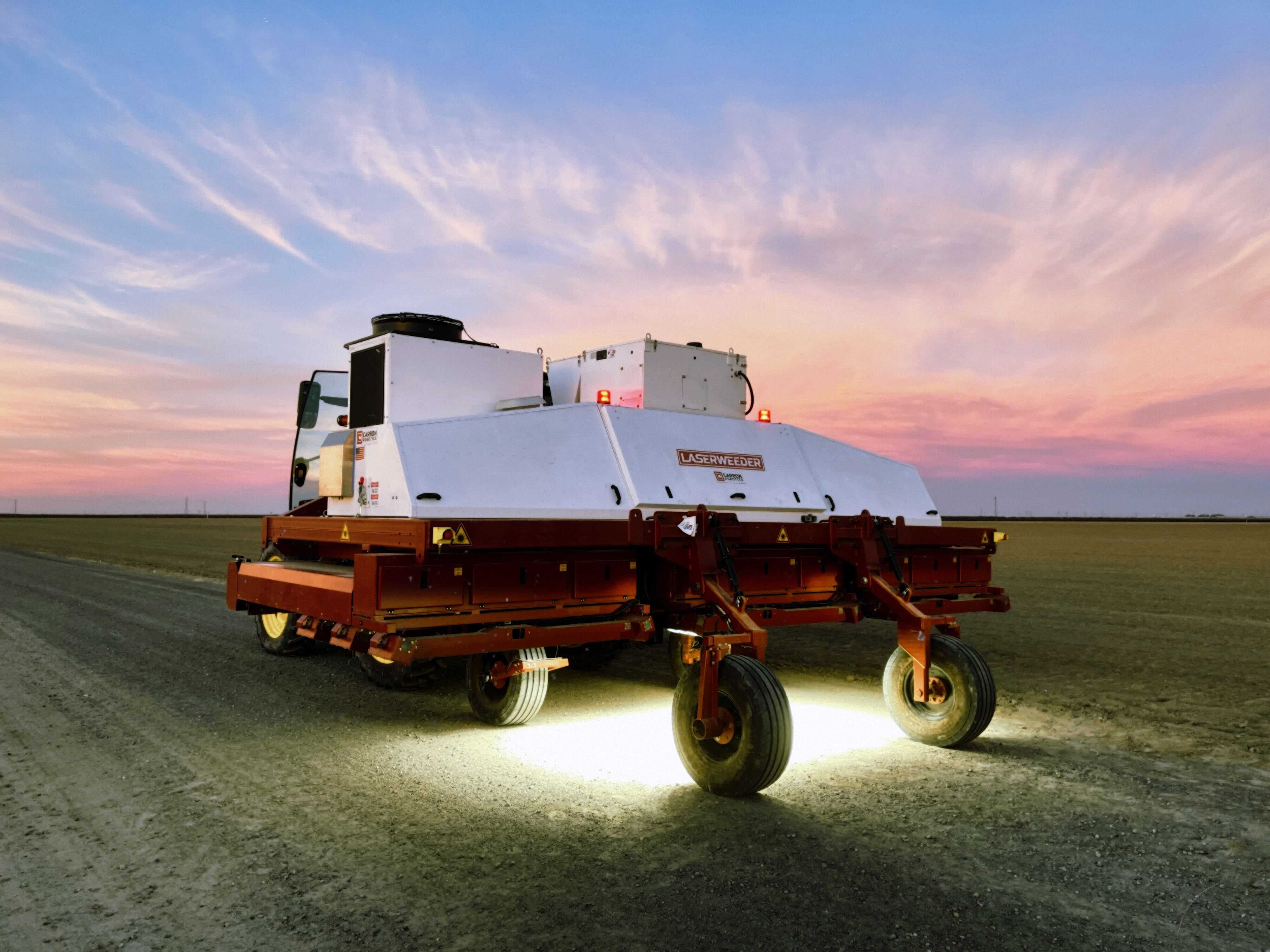Smoke Some Weeds: Lasers Could Make Herbicide Obsolete [Hackaday]

We’ve all tangled with unwelcome plant life at one point or another. Whether crabgrass infested your lawn, or you were put on weeding duty in your grandfather’s rose patch, you’ll know they’re a pain to remove, and a pain to prevent. For farmers, just imagine the same problem, but scaled up to cover thousands of acres.
Dealing with weeds typically involves harsh chemicals or excessive manual labor. Lasers could prove to be a new tool in the fight against this scourge, however, as covered by the BBC.
The Status Quo

Weeds cause all kind of problems for farming operations. They rob precious moisture and nutrients from the soil, and can crowd out the crops themselves from growing properly. In dire cases, they can contaminate food crops, making them unsafe for human consumption. To deal with weeds, farmers typically use giant spraying apparatus to hose their fields down with herbicides at regular intervals, both prior to planting and during the crop growth phase. These can range from small back-pack mounted apparatus, to gigantic self-propelled machines with 50-meter-wide booms that can spray 10,000 liters of anti-weed agents in a single day.
Recent developments in the weed-killing space have involved using camera systems to differentiate crops from weeds in the field. A variety of techniques are used, from imaging with multi-spectral cameras, to the use of AI systems. Conventional spraying machines can then be fitted with special controllable nozzles that target herbicide application onto weeds directly. This saves huge amounts of chemical versus spraying entire fields indiscriminately.
A Green Day
That same technology could help eliminate the need for herbicides entirely. Weeds identified by a camera system can be targeted with high-powered lasers instead of using chemicals to destroy them. One such system has been developed by Carbon Robotics, and is known as the LaserWeeder. Towed behind a tractor, the LaserWeeder is capable of killing up to 200,000 weeds per hour using an array of thirty 150W carbon dioxide lasers, operating at 10.6 um in the infrared range. Twelve high-resolution cameras are used to image the soil surface, identifying weeds for destruction. The system requires 60 kW of power to run, which is sourced from a generator run by the tractor’s PTO shaft. The apparatus is able to cover a 20-foot width, and is adjustable to suit a variety of crop row spacings.
It’s a simple idea that nonetheless requires great technological sophistication to pull off. The laser system must be accurate to a sub-millimeter level to hit the weeds in the right spot on the meristem to ensure a successful kill. The results are worthwhile, though. Laser weeding eliminates the need to use expensive chemicals on an entire field. Instead, the budding weeds are instantly destroyed by the laser, with their remains simply breaking down in the soil. It also eliminates the problem of spray drift, where the wind carries herbicide away from a targeted crop. As a bonus, the LaserWeeder can also thin out crops that have been overseeded, helping improve yields come harvest time.

Laser weeding, along with all targeted weeding solutions, could come up against new hurdles in future, though. Evolution may yet rear its ugly head. Historically, some weed species have evolved a resistance to various common herbicides, making them far more difficult to deal with. The same could happen here. AI image recognition systems rely on unique visual features to determine if a plant is a desired crop or a hated weed. Thus, such a system could create evolutionary pressure on weeds in the field. That could help breed harmful weeds that begin to visually emulate surrounding crops for their own survival.
The technology does have one major drawback: speed. At just 20 feet wide, and running at a speed of 1 mile per hour, the LaserWeeder covers just 2 acres per hour. In comparison, rates of up to 200 acres per hour are possible with large self-propelled sprayers in the field. It bears noting that figure can be cut in half when accounting for the time taken to refill the chemical tank, but it’s still a huge point in favor of traditional spraying. In time, the company hopes to launch an autonomous LaserWeeder that will negate this problem, but it’s a ways in the future yet.
Currently, the company has focused on sales in the US and Canada, and has tested the LaserWeeder hardware on a variety of crops including potatoes, onions, and garlic. The AI image recognition system is set up to work with over 40 crops in total. Expansion into European markets is on the company’s agenda moving forward.
For now, laser weeding is a nascent field that could yet change agriculture across the world. Few farmers relish the days spent mixing up chemicals and babysitting their sprayers in the field, nor do they enjoy the cost outlay. A non-contact weed control method with less consumables would be welcomed as a game changer by many. Expect to see the practice of laser weeding explode in coming years if it proves as successful as its creators hope.

![smoke-some-weeds:-lasers-could-make-herbicide-obsolete-[hackaday]](https://i0.wp.com/upmytech.com/wp-content/uploads/2023/04/120778-smoke-some-weeds-lasers-could-make-herbicide-obsolete-hackaday-scaled.jpg?resize=800%2C445&ssl=1)